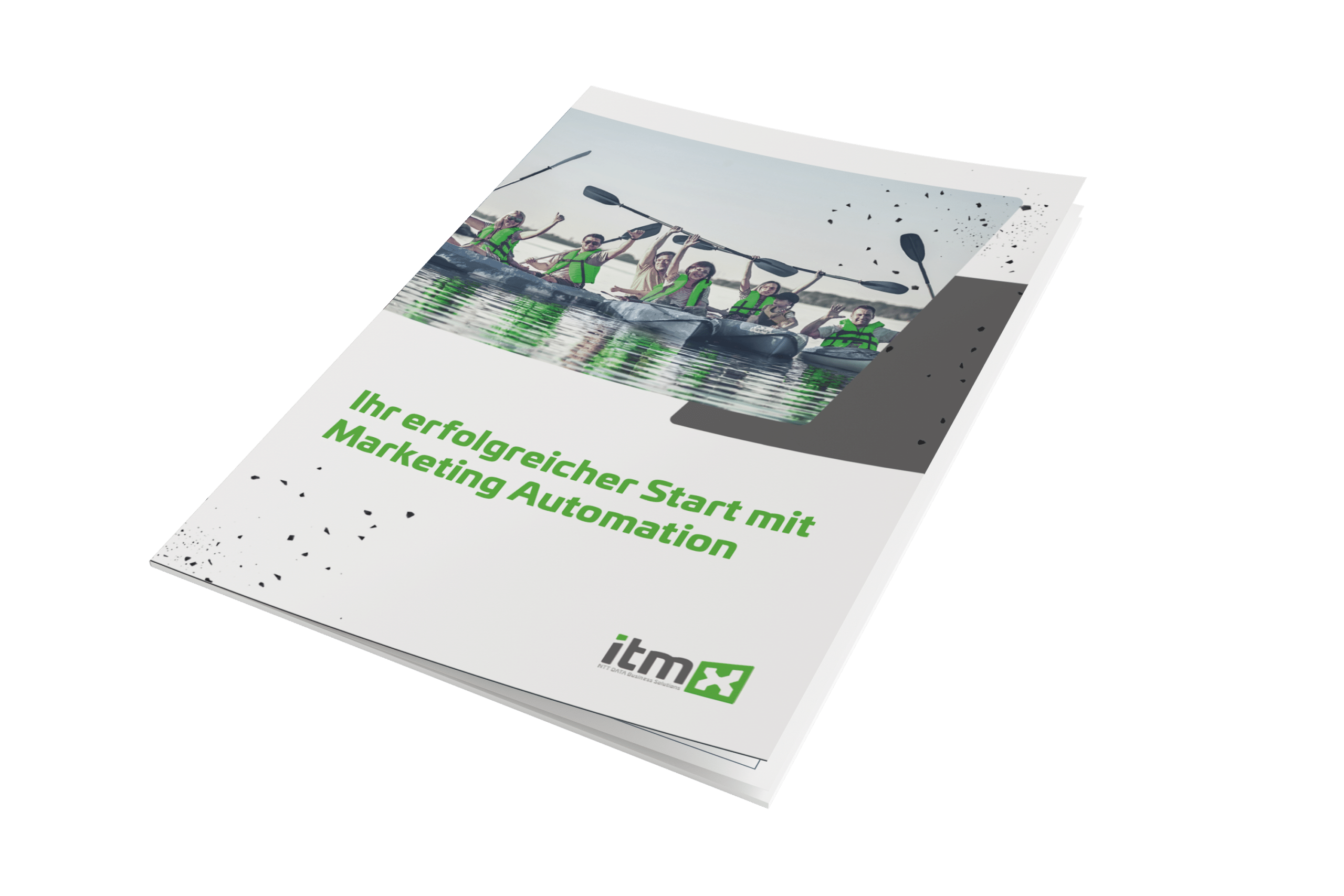Lead Nurturing – how to get your leads to close the sale
At the latest, if you deal intensively with lead management the topic of lead nurturing will come up. According to an official definition, lead nurturing encompasses all the steps a company takes to address prospects with the right information at the right time.
To make this very abstract topic a bit more tangible, we invited Norbert Schuster, one of the leading experts and thought leaders when it comes to digitalization in marketing and sales, for an interview. Here follows a brief summary. You can find the complete interview in the following Podcast episode or as a videocast here on YouTube.

Discussions about the ripeness of a lead occur over and over again, especially between marketing and sales. Questions like:
are the order of the day. These are important considerations, because if marketing hands over the lead to sales too early, sales can’t do anything with it, is dissatisfied, and doesn’t really care – so the probability of sales approaches zero.
Norbert Schuster summarizes this process as the “Green Banana Effect ®”. If you bite into a green banana, it will not taste good and you think it is bad. But it is not bad, it is simply not yet ripe for consumption. And it’s the same with leads and prospects. If they are handed over to the sales department too early, they are not “tasty” to the sales department, because they are simply not yet ripe in their decision-making or buying process for an initial personal contact.
The task of marketing is now to develop the still raw or unqualified lead – also known as a marketing qualified lead – into a lead that is sales qualified.
Lead Nurturing in Practice
However, in order to develop a Marketing Qualified Lead into a Sales Qualified Lead, a number of considerations must first be made. And – by the way – these questions should by no means be answered by marketing alone, but should always be a team decision of at least marketing and sales.
Among other things, you should ask yourself the following questions about your buyer groups:
Only by answering these questions, can a process be designed according to the criteria that develops leads into buyers.
Since this still sounds very abstract, here is an example:
The target person of a company is the senior person in the marketing department. Since this group of people is often on social media, placing ads on LinkedIn, for example, makes sense. So an event is advertised there that is interesting for a marketing executive. A person also jumps directly to the ad and signs up for the event. The person attends the event, even asks specific questions. Based on this information (registration + participation), there is now a preconfigured communication consisting of other appropriate information. This could be, for example, the offer about a new whitepaper on the topic or the invitation to an in-depth event of the topic.
These processes are created jointly by marketing and sales – the better they are defined, the better the output. And it is precisely these processes that are dubbed lead nurturing processes.
Lead scoring as the basis for lead routing
In order to separate the wheat from the chaff and to be able to decide which lead is already mature and which is not, scoring models are used in practice. A distinction is made here between pure profile scoring, in which the lead is evaluated according to its personal details. For example:
And activity scoring. Here, the actions that a lead has taken are evaluated.
Each action can be weighted differently here.
Based on this information, the pieces of the puzzle are now put together bit by bit and a Marketing Qualified Lead becomes a Sales Qualified Lead.
Without software, targeted lead nurturing is not possible
The implementation of the processes described above is of course not possible without powerful software and the interaction of different systems. Only with the right technical solution is it possible to automate processes and structure content. After all, we are usually not talking about a handful of leads that need to be processed, but several hundreds or even thousands.
Marketing automation software is absolutely essential for mapping powerful nurture processes. But integration between the automation solution and, above all, the CRM must also be guaranteed. Both systems must be able to exchange data with each other, otherwise the left hand literally doesn’t know what the right hand is doing.
In principle, the entire customer journey should be mapped bidirectionally in one system.
You can find out which factors to consider when selecting marketing automation software in our e-book.
Conclusion: Nurture, even if this means effort at first
Nowadays, professional lead management is a must for every company in order to survive in the market. Even if the processes described are initially associated with effort, it is worthwhile to implement them. Even if the sales department does manage to close a deal or two with freshly generated leads, the output that can be achieved with a well thought-out lead nurturing campaign is many times higher.
About the author

 “The most apt translation of nurturing is developing. That’s because marketing takes a lead that’s still in an early stage and develops it with the appropriate content at the appropriate frequency until the logical conclusion for the lead can be either, ‘This topic isn’t for me’ or ‘I need to talk to someone now.'”
“The most apt translation of nurturing is developing. That’s because marketing takes a lead that’s still in an early stage and develops it with the appropriate content at the appropriate frequency until the logical conclusion for the lead can be either, ‘This topic isn’t for me’ or ‘I need to talk to someone now.'” “It’s not enough to just put 5 “dumb” emails in a row with the message “Customer buy”, “Now buy at last”, “Why aren’t you actually buying?”. If a Nuture process is to really become a Nurture process, then empathy must be built.”
“It’s not enough to just put 5 “dumb” emails in a row with the message “Customer buy”, “Now buy at last”, “Why aren’t you actually buying?”. If a Nuture process is to really become a Nurture process, then empathy must be built.”
